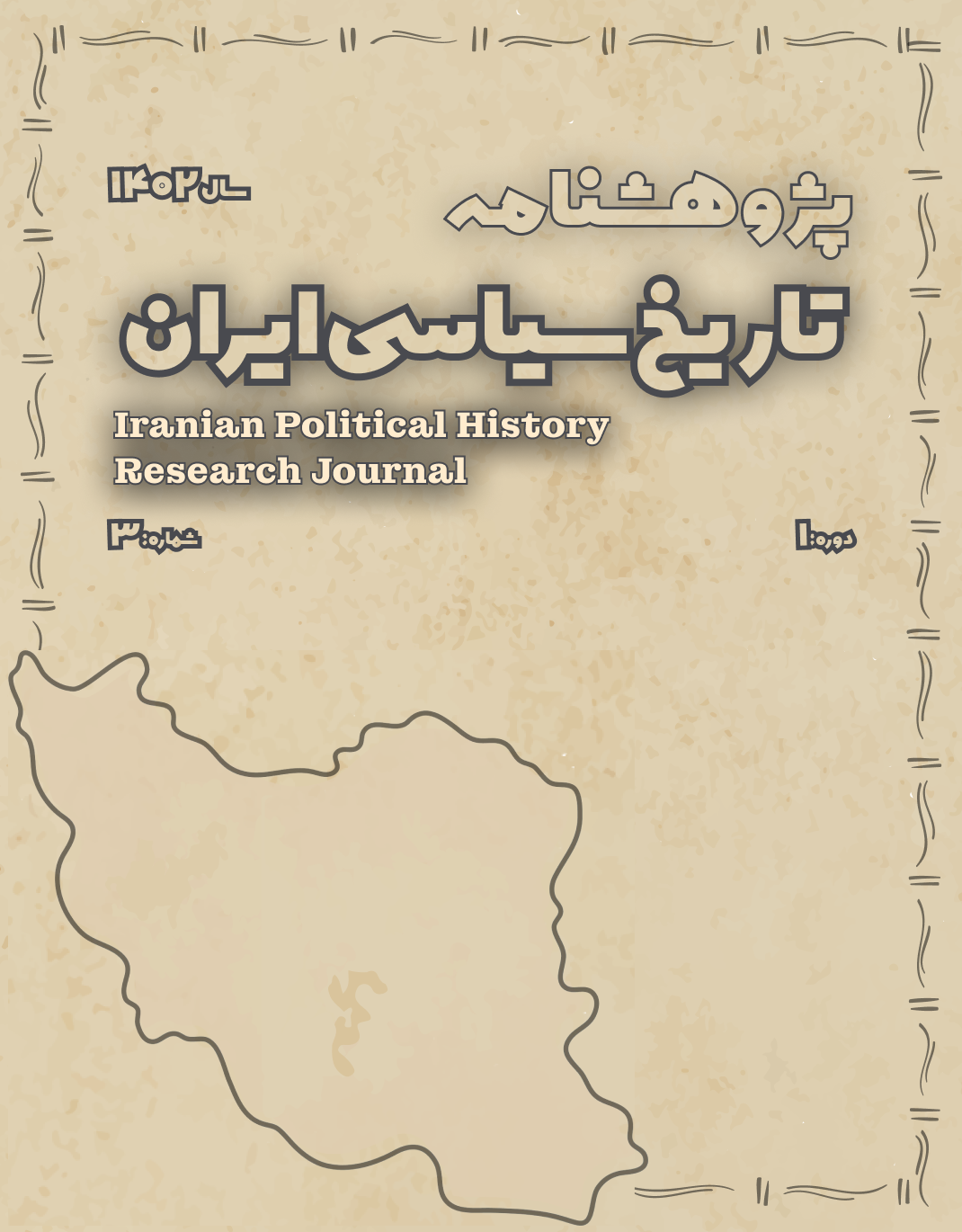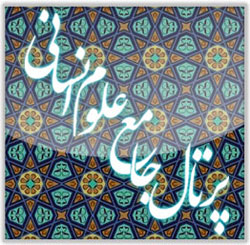Urban Spatial Politics in the Ilkhanid Era: Reflections of Power in Royal Architecture
Keywords:
Ilkhanids, Spatial Politics, Royal Architecture, Soltaniyeh, Shanb-e-Ghazan, Political Legitimacy, History of Urban Development in IranAbstract
This study examines urban spatial politics and the reflection of political power in the royal architecture of the Ilkhanid period. Following the fall of the Abbasid Caliphate, the Ilkhanid rulers used architecture and urban design as symbolic tools to legitimize their rule and institutionalize a new political order. Through case studies of constructions such as the Dome of Soltaniyeh and the Shanb-e-Ghazan complex in Tabriz, the research demonstrates that choices regarding site location, architectural forms, symbolic elements such as height, domes, Qur'anic calligraphy, and visual axes all served to display power and link political authority with religious legitimacy. The methodology relied on qualitative analysis, historical text study, architectural evidence examination, and theoretical frameworks drawn from Lefebvre’s "production of space" and Foucault’s notion of power through spatial organization. The findings reveal that Ilkhanid royal architecture played an active role beyond functional or aesthetic needs, constructing political order and creating collective memory. Urban spaces operated as symbolic texts, embedding power materially and semantically through form, content, and spatial positioning. This analysis opens a new perspective on understanding the relationship between architecture, politics, and legitimacy in Iranian history and highlights the critical role of spatial studies in political-cultural historiography.
Downloads
References
Blair, S. S., & Bloom, J. M. (1995). The Art and Architecture of Islam: 1250–1800. Yale University Press.
Blair, S. S. (1986). The Ilkhanid Shrine Complex at Natanz. Muqarnas, 4, 37–52.
Foucault, M. (1980). Power/Knowledge: Selected Interviews and Other Writings 1972–1977 (C. Gordon, Ed.). Pantheon Books.
Grabar, O. (1987). The Mediation of Ornament. Princeton University Press.
Hillenbrand, R. (1994). Islamic Architecture: Form, Function and Meaning. Columbia University Press.
Lefebvre, H. (1991). The Production of Space (D. Nicholson-Smith, Trans.). Blackwell.
Michell, G. (Ed.). (1978). Architecture of the Islamic World: Its History and Social Meaning. Thames & Hudson.
Morgan, D. (1990). The History of the Mongols. Blackwell.
Rashid al-Din Fazlullah. (1971). The Successors of Genghis Khan (J. A. Boyle, Trans.). Columbia University Press.
Wassaf, A. (1967). Tārīkh-e-Wassāf [The History of Wassaf]. Tehran University Press.









